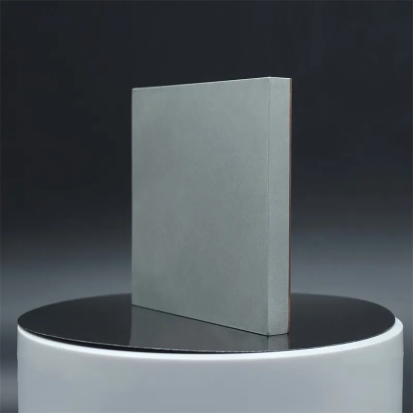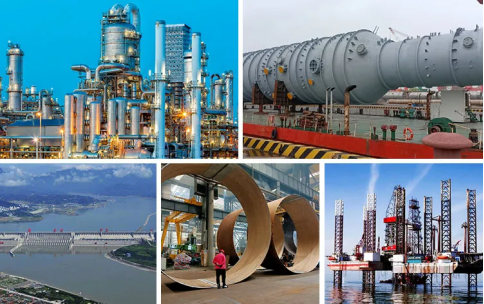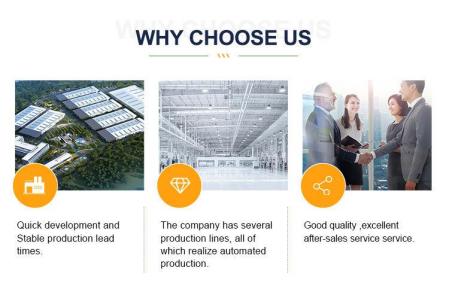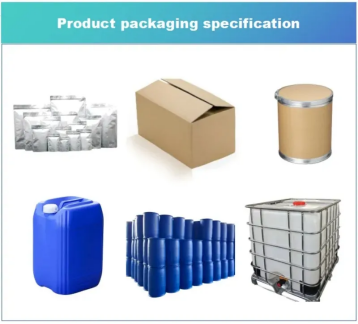Overview of Stainless Steel/Steel Clad Plate
Stainless steel/steel clad plate is made of base steel plate and multilayer steel plate as raw materials, and the surface is smooth and flat after polishing and other treatments. The composite layer is firmly bonded, the mechanical properties are good, the compound layer is resistant to the corrosion of atmosphere, acid, alkali and other media, which can meet the corrosion resistance requirements of the side of the structure in contact with the corrosive medium, and the base layer can meet the requirements of the structure for rigidity and weldability.

Feature of Stainless Steel/Steel Clad Plate
Stainless steel/steel clad plate has both multilayer functionality and base layer strength and toughness performance, and Stainless steel/steel clad plate, as a resource-saving product, can reduce precious metal consumption and reduce costs. Achieve the perfect combination of low cost and high performance, with good social benefits.
The standard method of producing clad steel is the roll cladding method. Carbon steel and stainless steel form a metallurgical bond during heating and rolling.
Hot roll bonding is a commonly used process in our stainless steel clad plate factory. During this process, clean sheets of carbon steel and stainless steel are placed on each other, (single-sided cladding), or sandwiched between two stainless steel sheets (double-sided cladding). The composite sheets are hot rolled together.
The stainless steel cladding process results in a bond between the two metals. Another manufacturing method is explosive bonding. The metals bond during the explosion due to the plastic deformation of the strong collision. Explosive bonding after the hot rolling process can improve the bond between carbon steel and stainless steel.
Composite carbon steels are used in chemical processes, oil refining, offshore oil production and many other applications. It is also used in generator sets where high temperatures and stress corrosion are present.
Applications of Stainless Steel/Steel Clad Plate
Petrochemical, pressure vessels, Add transmission pipeline, heat exchanger, Vacuum salt production,papermaking,Beer,medicine,food,Waterpower, power station, aerospace and other fields.
1. Chemical processing: Equipment exposed to harsh chemicals, such as reactor vessels, piping, and heat exchangers.
2. Power generation: Boilers, turbines, and heat exchangers in power plants due to its high resistance to corrosion and high temperature.
3. Marine and offshore: Shipbuilding, oil rigs, and other marine structures for corrosion resistance and improved durability in harsh environments.
4. Aerospace: Aircraft components, such as engine parts, for its high strength and durability.
5. Nuclear: Nuclear reactors and fuel storage containers for its high resistance to radiation and ability to withstand harsh conditions.

Applications of Stainless Steel/Steel Clad Plate
Grade of Stainless Steel/Steel Clad Plate
S11306,S11348,S30408,S30403,S32168,S31603,S31703,S22053,S39042,Q245R,Q345R,15CrMoR,16Mn,15CrMo,14Cr1MoR,16MnDR,
09MnNiDR,20MnMo,SA516Gr50,SA516Gr60,SA516Gr70
Standard of Stainless Steel/Steel Clad Plate
ASME(ASTM) SA-263,SA-264

NANOTRUN(www.rboschco.com) is a trusted global chemical material supplier & manufacturer with over 12-year-experience in providing super high-quality chemicals and nanomaterials, including boride powder, nitride powder, graphite powder, sulfide powder, 3D printing powder, etc.
The company has a professional technical department and Quality Supervision Department, a well-equipped laboratory, and equipped with advanced testing equipment and after-sales customer service center.
If you are looking for high-quality Stainless Steel/Steel Clad Plate, please feel free to contact us or click on the needed products to send an inquiry.

Packing of Stainless Steel/Steel Clad Plate
We have many different kinds of packing which depend on the quantity.

Payment Methods of Stainless Steel/Steel Clad Plate
L/C, T/T, Western Union, Paypal, Credit Card etc.
Shipment of Stainless Steel/Steel Clad Plate
By sea, by air, by express as soon as possible once payment receipt
Q1
What are the advantages of stainless steel/steel composite panels compared to single metal materials?
Answer: Stainless steel/steel composite panels combine the corrosion resistance of stainless steel with the high strength of carbon steel, which can resist chemical corrosion and withstand large mechanical loads.
Q2
What is the corrosion resistance of stainless steel/steel composite panels?
Answer: The corrosion resistance of stainless steel/steel composite panels mainly depends on the thickness and type of stainless steel layer. Typically, if the stainless steel layer is thick enough and of good quality, the corrosion resistance of composite panels will be excellent.
Q3
What are the mechanical properties of stainless steel/steel composite panels?
Answer: Stainless steel/steel composite panels combine the advantages of stainless steel and carbon steel, have high strength and toughness, and can meet the needs of various complex engineering structures.
Q4
What should you pay attention to when using stainless steel/steel composite panels?
Answer: During use, care needs to be taken to avoid excessive heating and mechanical damage to maintain good corrosion resistance and mechanical properties. In addition, due to the potential difference between stainless steel and carbon steel, attention also needs to be paid to avoid electrochemical corrosion.
Q5
What is the processing performance of stainless steel/steel composite panels?
Answer: Stainless steel/steel composite panels have good processing performance and can be processed and formed through cutting, bending, welding and other processes. However, due to the combination of the two metals, special process parameters and tools may be required during processing.




